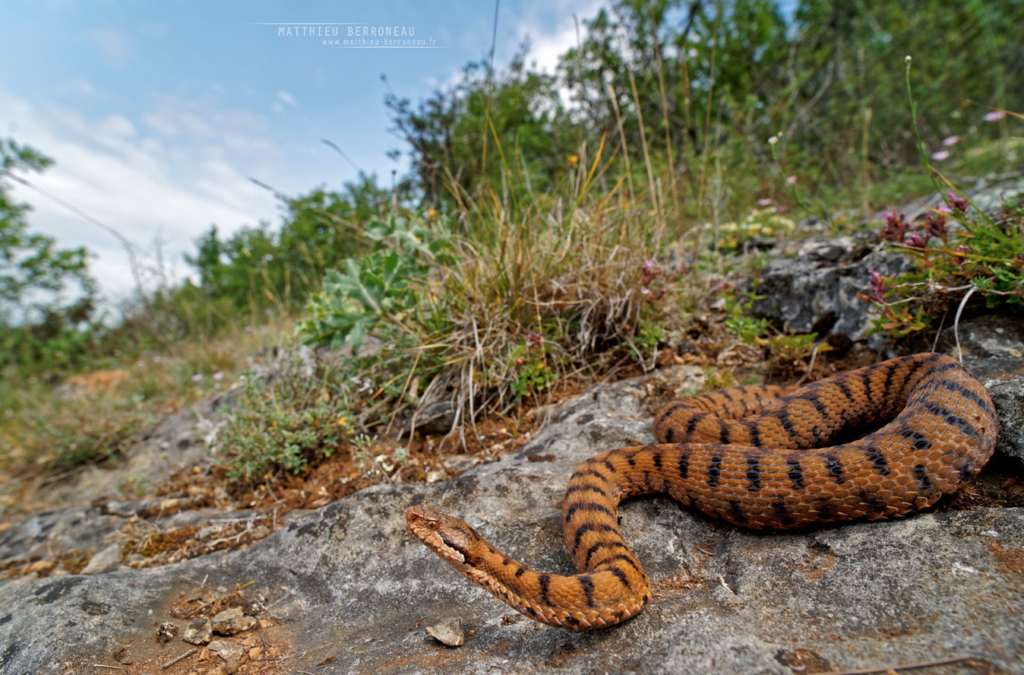Study from La Rochelle Université on Oecologia front page
Olivier Lourdais, a research fellow at the Centre d’Études Biologiques de Chizé, a research unit of La Rochelle Université that focuses on the effects of global environmental changes on terrestrial and marine biodiversity as well as conservation solutions, took part in a study demonstrating for the first time that reptiles choose the humidity conditions of their habitat through hydro-regulation behaviours.
The heat waves we are increasingly facing in Europe are accompanied by water shortages. This has repercussions on biodiversity and can lead to the death of certain species. How species adapt and reduce the risk of dehydration through their behaviour remains largely unknown.
In 2022, a study conducted by several scientists, including Olivier Lourdais, a research fellow at La Rochelle Université CEBC research unit, made it possible to observe the behavioural and physiological response of reptiles to drought. The results of the experiment provided the first experimental evidence that reptiles are able to choose the humidity conditions of their habitat through hydro-regulation behaviours. These behaviours help snakes to limit water loss and stress associated with the effects of drought events. These behavioural responses are only possible with a diversity of humid microclimates, hence the importance of preserving natural environments.
The study is featured on the cover of the scientific journal Oecologia.
To read it, click here.
French National Center for Scientific Research (CNRS) laboratories involved:
- Centre d’Etudes Biologiques de Chizé (CEBC – CNRS / La Rochelle Université)
- Institute of Ecology and Environmental Sciences (iEES – Sorbonne University / CNRS / IRD / INRAE)
- Centre for Research in Experimental and Predictive Ecology (CEREEP-Ecotron Ile-de-France – Ecole Normale Supérieure / PSL University / CNRS)
Sustainable Development Goals:
- Goal 13: Measures to combat climate change
- Goal 15: Life on land (forest, desertification and biodiversity)
For more information (in French), click here.


